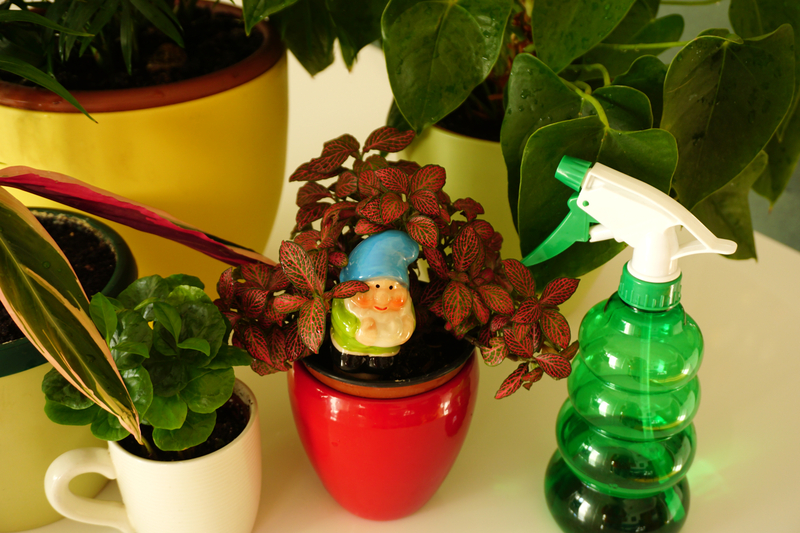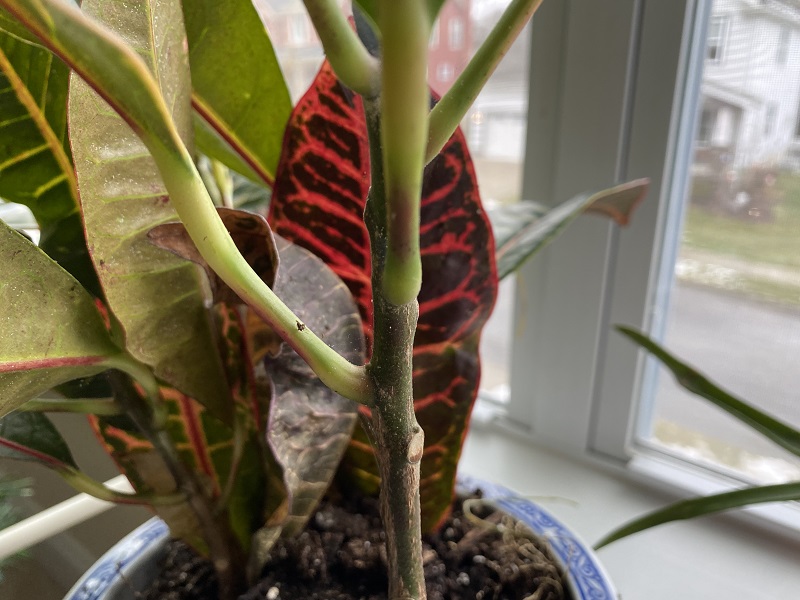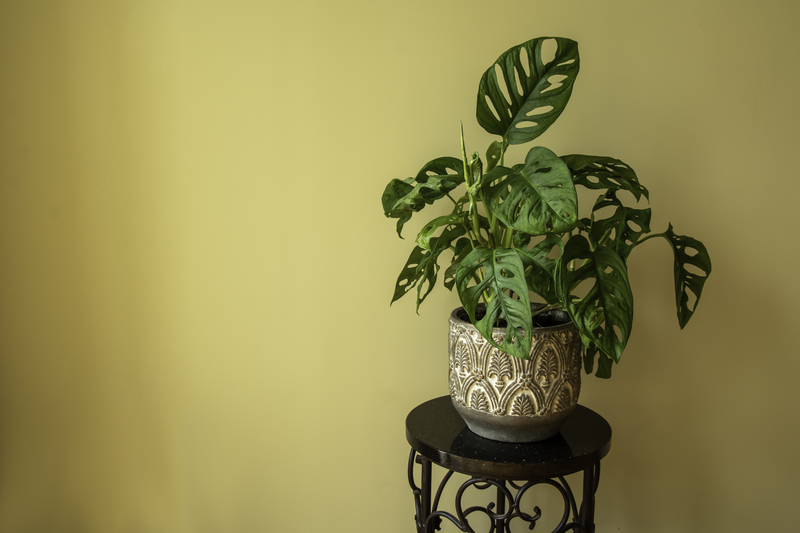You aren’t the only living thing that admires your indoor plants. Insects prey on house plants as an easy meal and would be happy to make your home their home. These pests aren’t just an unsightly nuisance, but they can also harm your favorite plants. If you notice a few flies or wriggly worms hanging around your indoor garden, it’s best to act quickly before an infestation gets out of control and spreads throughout your home.
Why Do Bugs Love Houseplants?
Insects love indoor plants because they provide both a place to live and a steady food source. Many common pests feed on plants by either munching on leaves or sucking nutrients from the stem. Some common pests also live in the soil and feast on the decaying material around the roots of common houseplants.
Since indoor plants are safe from environmental dangers like poor weather or temperature changes, they are a perfect place for delicate insects to live. However, as infestations get out of control, they can damage or even kill the plants.
Common Houseplant Pests
When it comes to common houseplant bugs, there are a few that every grower should know about, so they can anticipate a potential infestation. Keep an eye out for the following pests, so you can intervene before they do too much damage.
Aphids
These small, angular insects look almost like grasshoppers and come in green, yellow, or white. They often have black spots, making them easy to see among the stems and leaves of plants. Aphids are one of the most aggressive plant pests and can reproduce incredibly quickly. They feed off plants by sucking sap from the plant.
As these pests feed, they secrete a sticky substance called honeydew. If aphids have infested a few parts of a plant, it’s best to cut off those stems or leaves, so the plant doesn’t expend too much energy trying to fight the infestation. You can also spray the plant with insecticidal soap to keep them from spreading.
Mealybugs
These gray or white bugs sometimes look hairy or fluffy, with several body segments. These insects are incredibly hardy and difficult to remove. If an infestation gets out of control, you may not be able to save the plant.
As soon as you notice one mealybug on a plant, make sure to quarantine it from the others in your collection, so they don’t spread. The best way to deal with mealybugs is to kill them as you see them by pressing a cotton swab soaked in rubbing alcohol on their backs.
Fungus Gnats
People often confuse these tiny flying insects for fruit flies. However, they’re a different type of gnat altogether. Fungus gnats are generally harmless to humans and the plants they infest, although they are unsightly. These bugs lay eggs in the soil, where their larvae eat decaying material. Yellow sticky fly traps are one common way to battle these annoying flies.
Spider Mites
These microscopic arachnids can cover an entire plant in their fine webbing, making it look like a ghost town. Spider mites are so small that you might not even see them on the plant. Instead, you should look for their tiny silken networks in the joints between leaves.
Getting rid of spider mites is relatively easy. Since they’re so small, you can wash them away with a good spray from a hose or shower. To prevent them from returning, use horticultural oil, so they can’t attach themselves to the leaves again.
Whiteflies
These tiny, flying insects are a lot like fungus gnats. However, unlike the gnats, which feast on the soil, whiteflies suck the sap from a plant, leaving it wilted and yellow. They generally can’t survive cold temperatures, so they thrive on indoor plants and greenhouses. Like fungus gnats, yellow sticky traps are one of the best ways to manage a whitefly infestation.
Inspect Your Plant When You Bring it Home
One of the best ways to treat an infested plant is to prevent an infestation in the first place. When bringing a new plant into your home, make sure to inspect it for any trace of infection or infestation thoroughly. Most pests lay eggs on the underside of leaves, so make sure to check every inch of a plant. You can also quarantine a new plant by leaving it outside or in a spare room, away from your other plants for a few weeks.
Best Methods of Houseplant Pest Control
When repotting plants, you can sterilize your potting soil by baking it in the oven for 30 minutes at 200 degrees. Heating it in this way will kill any bacteria or insects living in it, which will make the soil safe to use.
Some people don’t like using harsh pesticides or insecticides in their homes. Some of these chemicals can be dangerous to pets, so it’s good to have a non-toxic option for eliminating pest infestations. One DIY option is to use neem oil in place of insecticidal oils. Neem oil is excellent for treating spider mite and thrip infestations, for example.
Another home remedy is some dish soap diluted in warm water. Many growers will spray this soapy water mixture over plant leaves to make them inhospitable to sucking insects.
Diatomaceous earth is another pet-safe insecticide that can help reduce insect populations. All you have to do is scatter a few tablespoons throughout the top of the soil to get rid of pests like fungus gnats, thrips, and springtails
Conclusion
In summary, avoid overwatering your plants, which can cause the plant’s soil to become the perfect breeding ground for insects. Routinely inspect your plants for any sign of yellowing, which can be the first indication of insect damage, and regularly prune damaged leaves. Give your plants all the nutrients they need to stay strong and fight off any attacks from hungry bugs.
Once you know the most common plant pests, you can work hard to prevent any infestations. No one likes having creepy crawlies around, especially your plants! Prevention and proper treatment are surefire ways to make sure your plants stay happy and healthy for the long term.
Similar Posts
Why Do Houseplant Leaves Turn Yellow?
Aglaonema Plant Tips and Tricks
What are Good House Plants for Low Light?
How to Take Care of a Mint Plant
Should Houseplants Be in Direct Sunlight?
How to Take Care of a Money Tree Plant
Should Indoor Houseplants Be Rotated?
Ways to Take Care of a Jade Plant
How to Take Care of an Aloe Plant
Should Houseplants Be Watered from the Top or Bottom?



